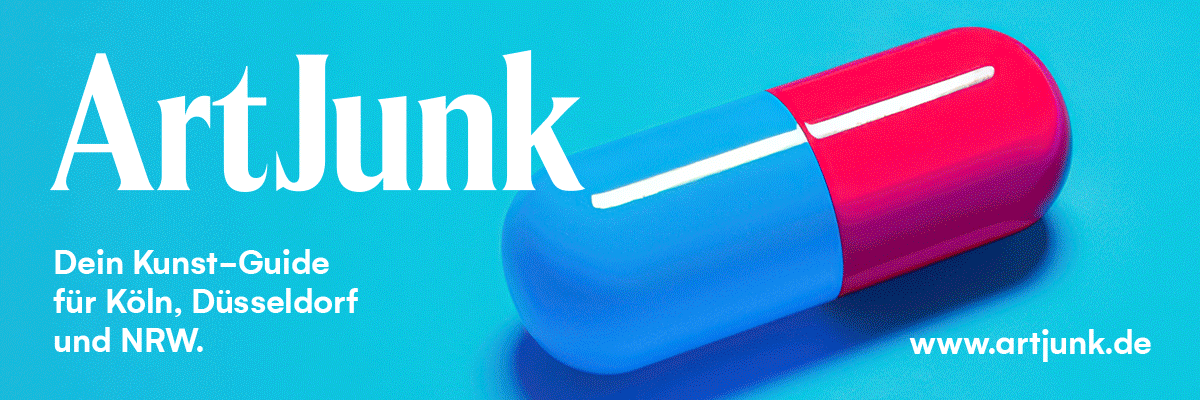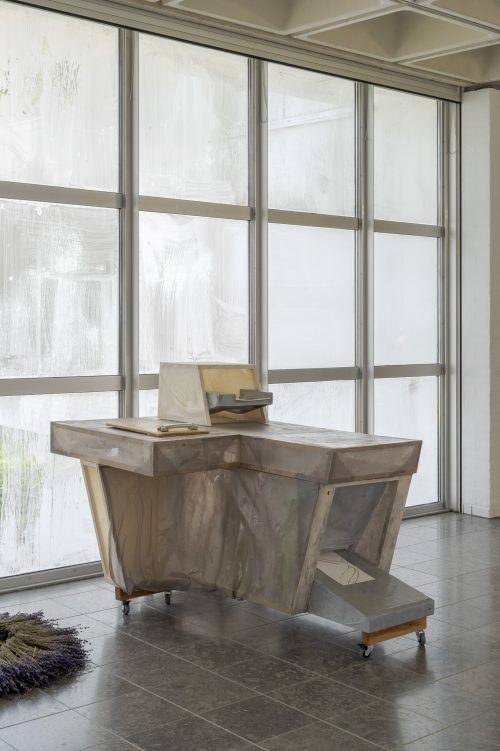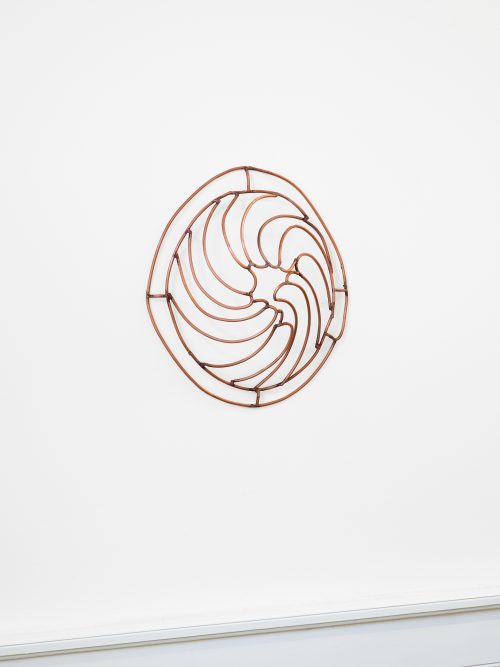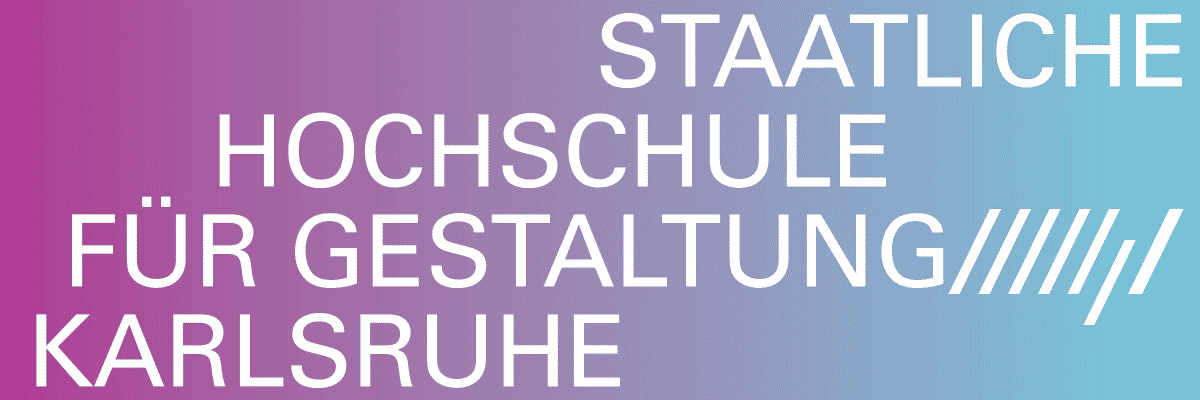
Christopher Friess
Reality Check
Project Info
- 💙 Städtische Galerie Theodor von Hörmann
- 🖤 Christopher Friess
- 💛 Christopher Friess
Share on
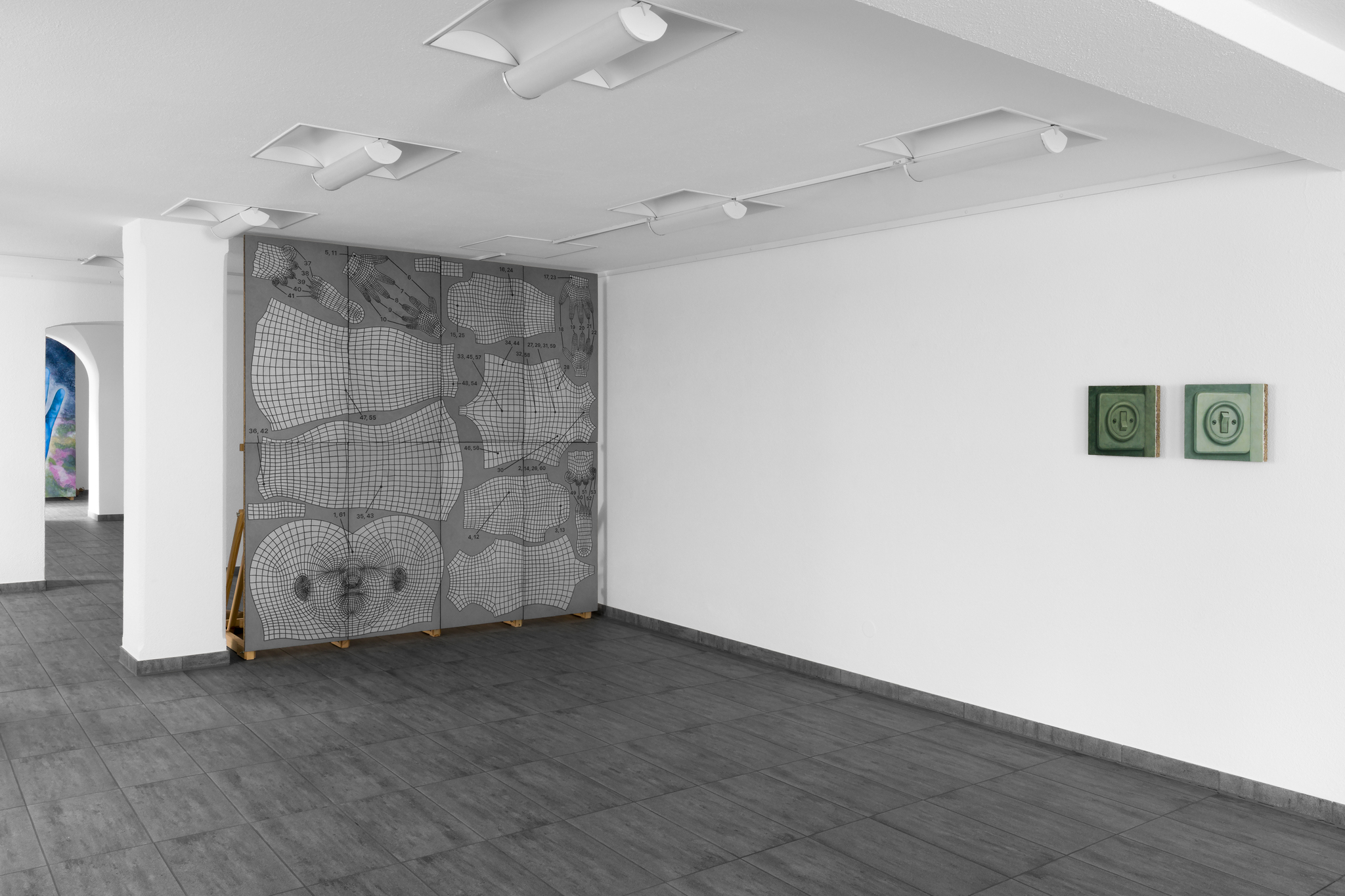
Christopher Friess, Reality Check, 2025, Städtische Galerie Theodor von Hörmann, Imst. Exhibition view
Advertisement
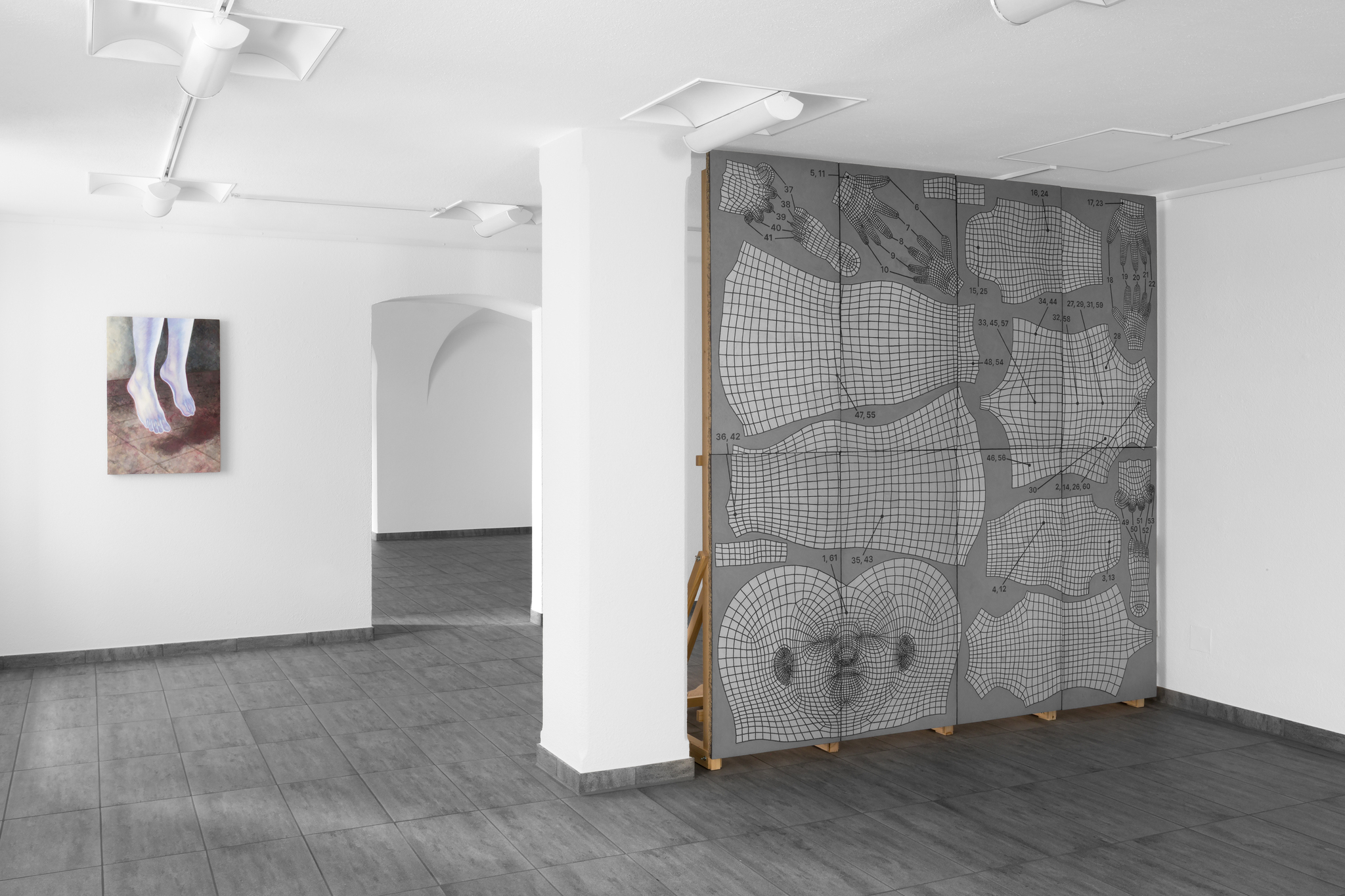
Christopher Friess, Reality Check, 2025, Städtische Galerie Theodor von Hörmann, Imst. Exhibition view
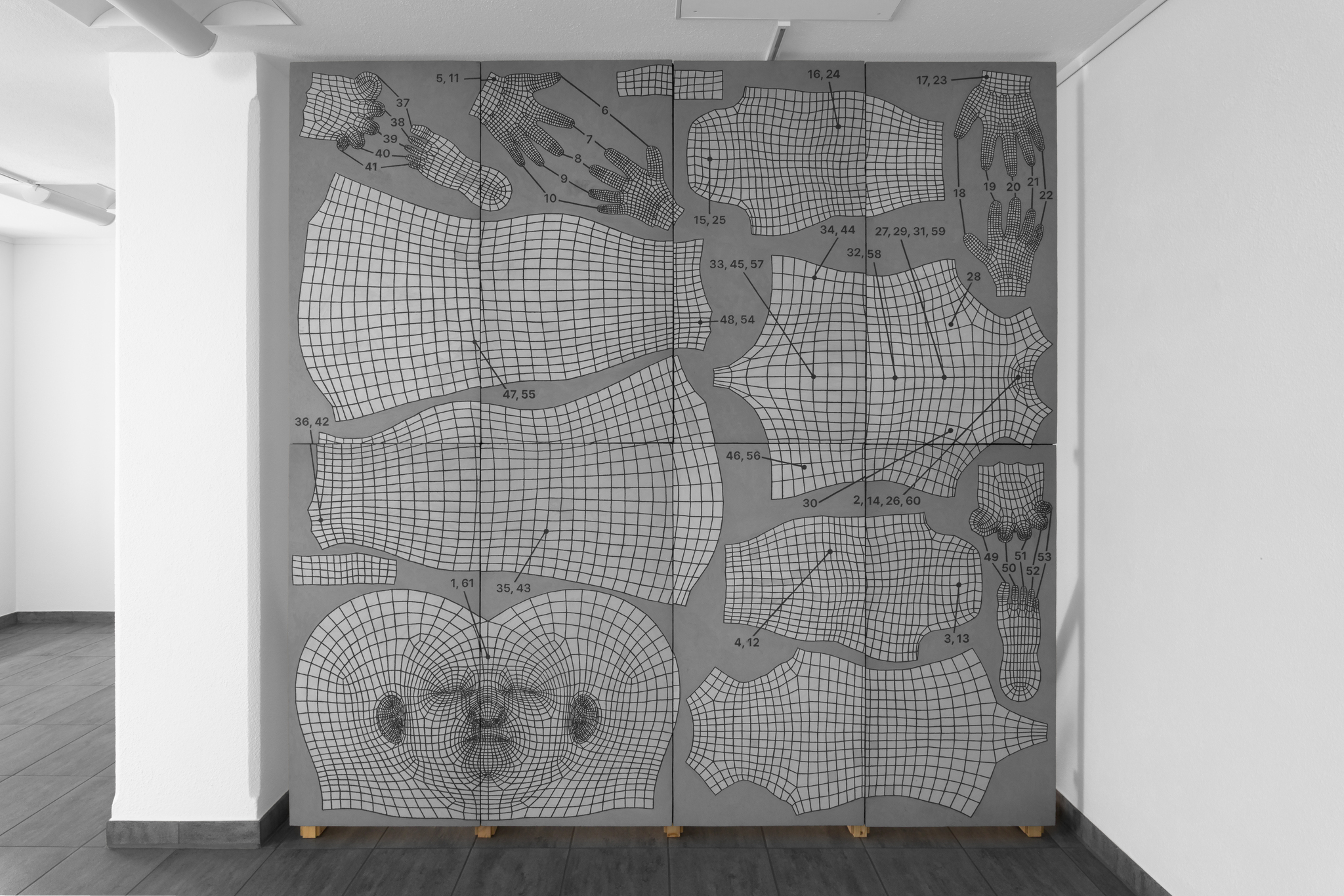
Christopher Friess, 61-point relaxation exercise, 2025, Sgraffito on wood wool, 240 × 240 cm
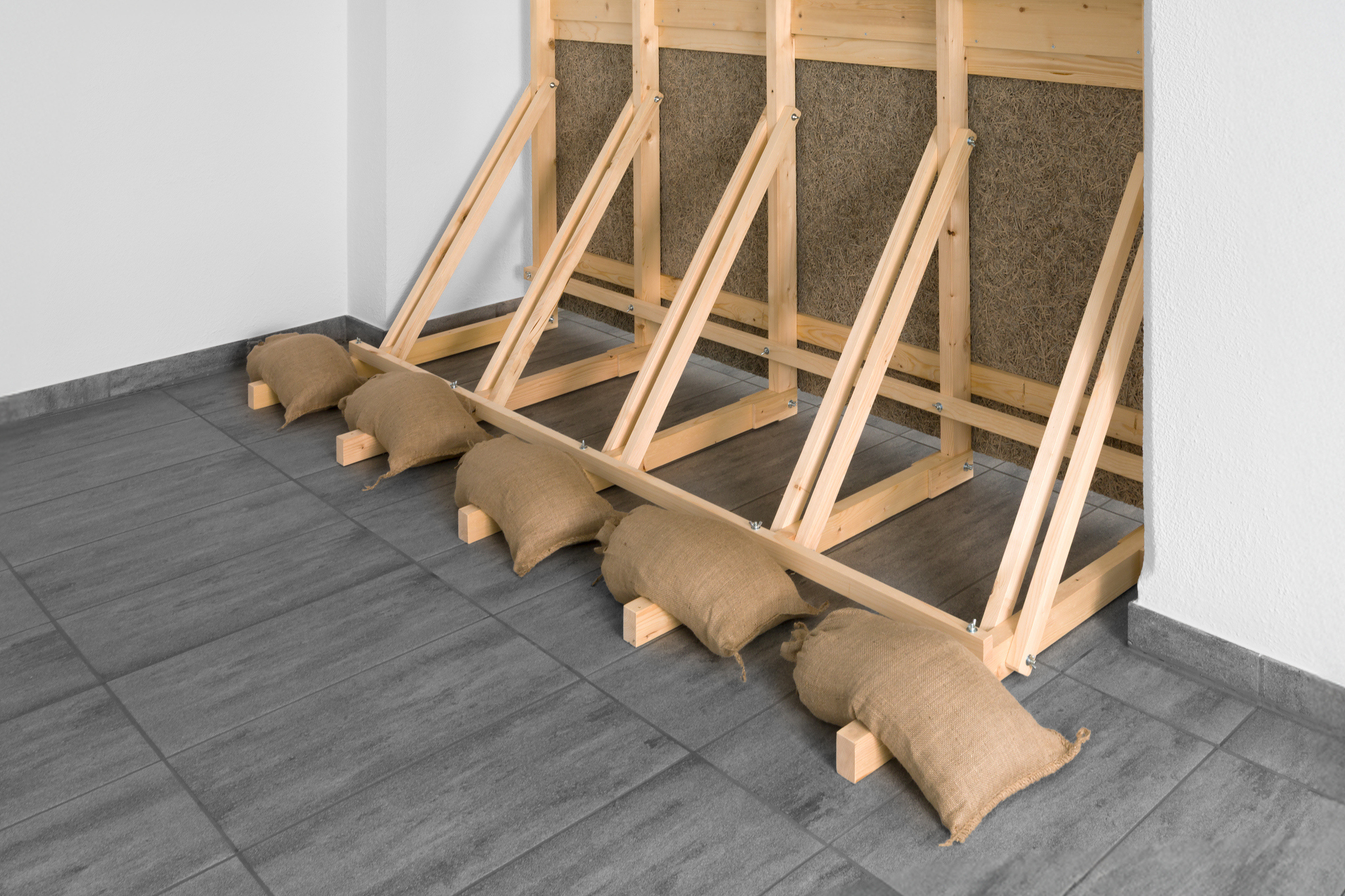
Christopher Friess, Reality Check, 2025, Städtische Galerie Theodor von Hörmann, Imst. Exhibition view
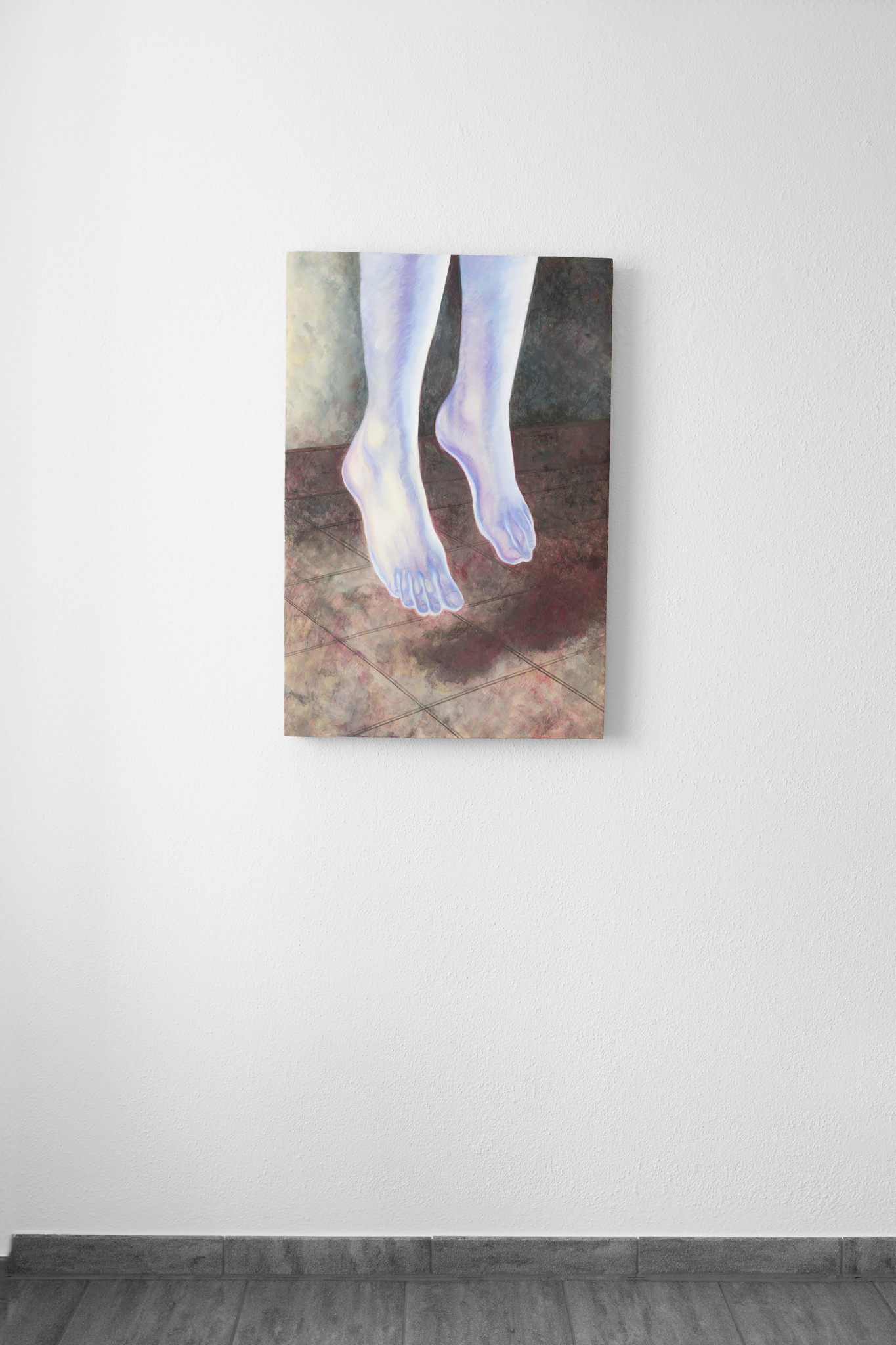
Christopher Friess, Learning to Fly, 2025, Fresco on wood wool, 89 × 60 cm
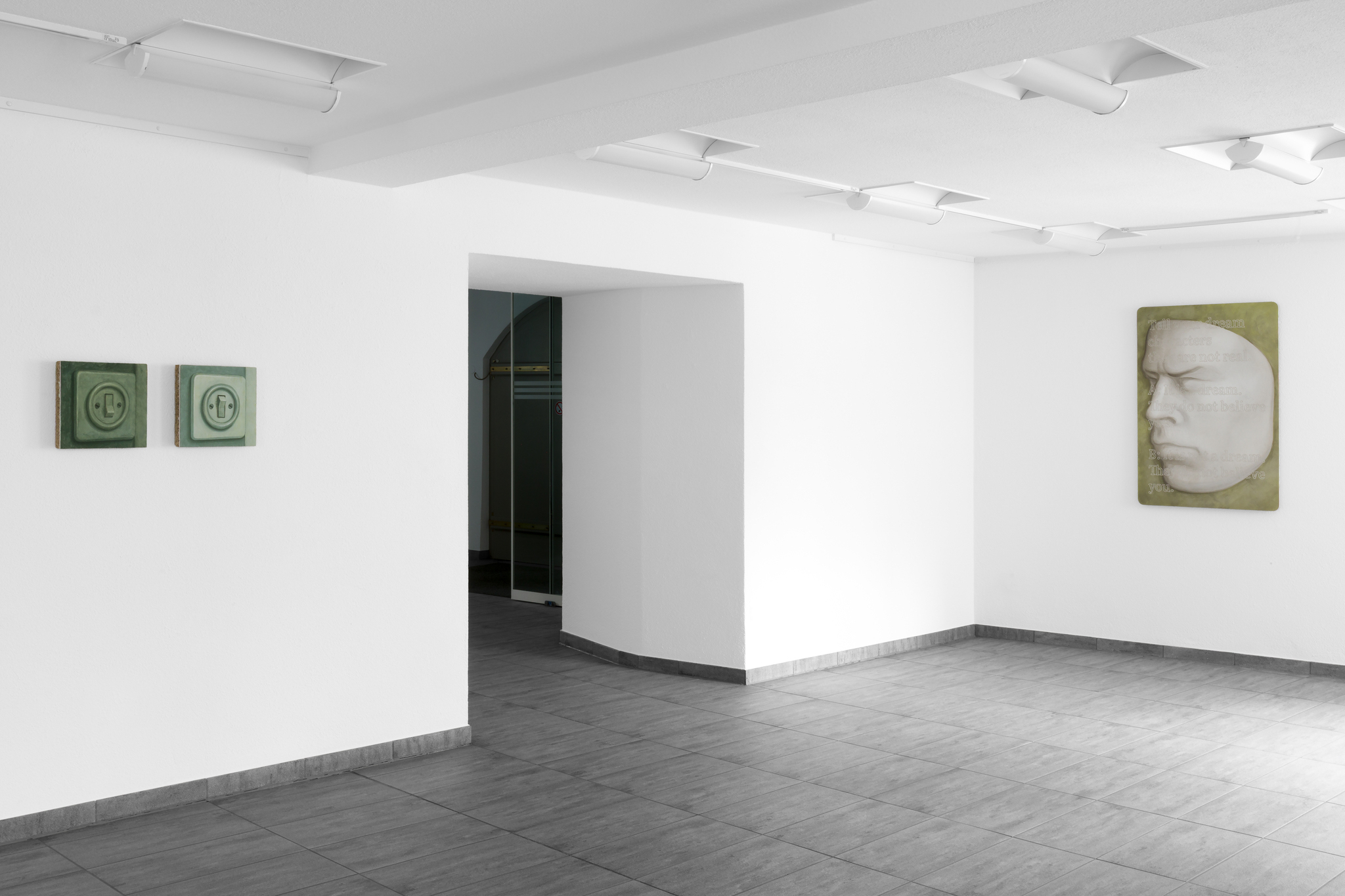
Christopher Friess, Reality Check, 2025, Städtische Galerie Theodor von Hörmann, Imst. Exhibition view
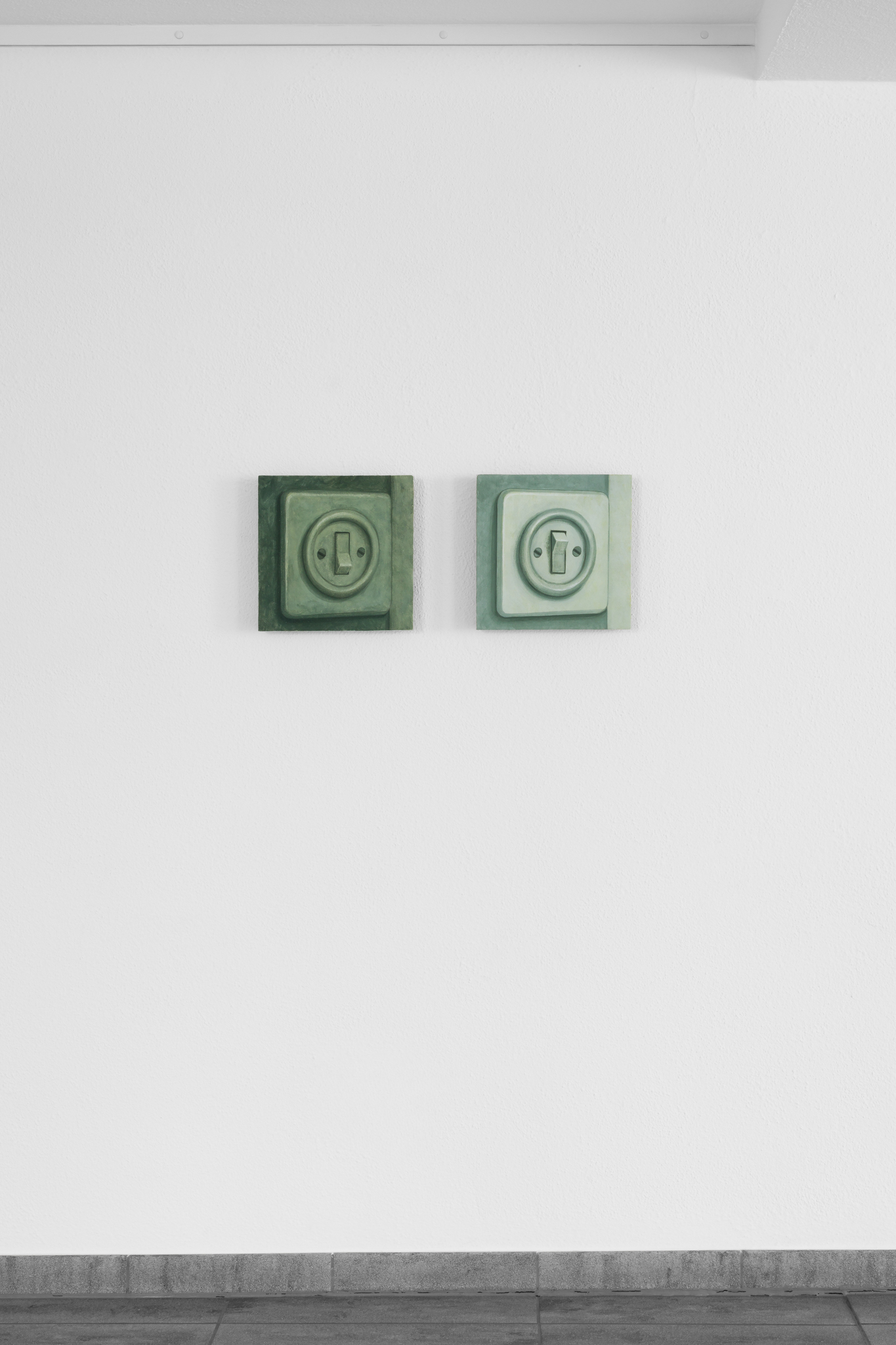
Christopher Friess, Light switch, 2025, Fresco on wood wool, 2 parts each 30 × 30 cm
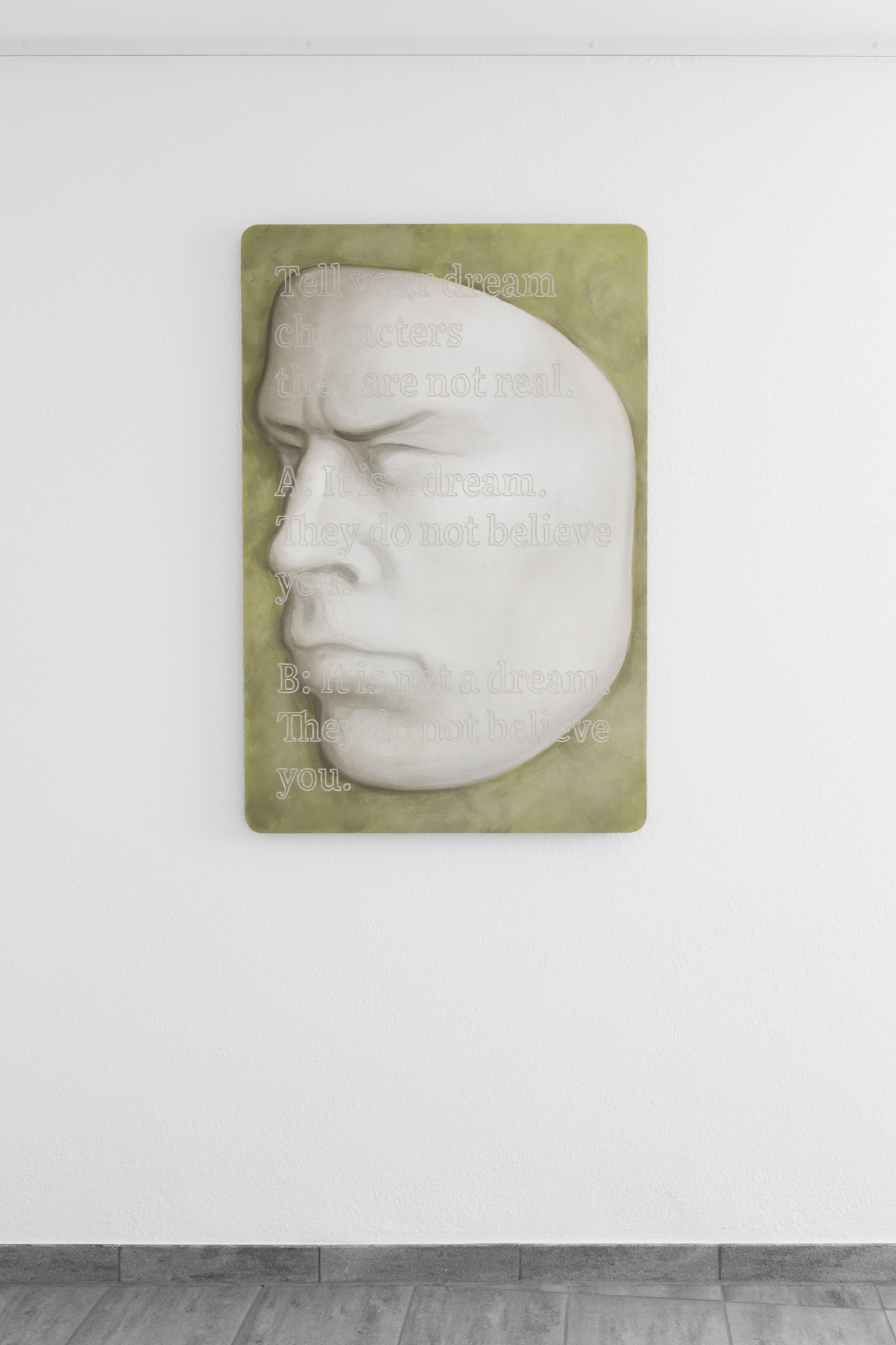
Christopher Friess, Reality Check: dream characters, 2025, Fresco, sgraffito on mineral board, 120 × 80 cm
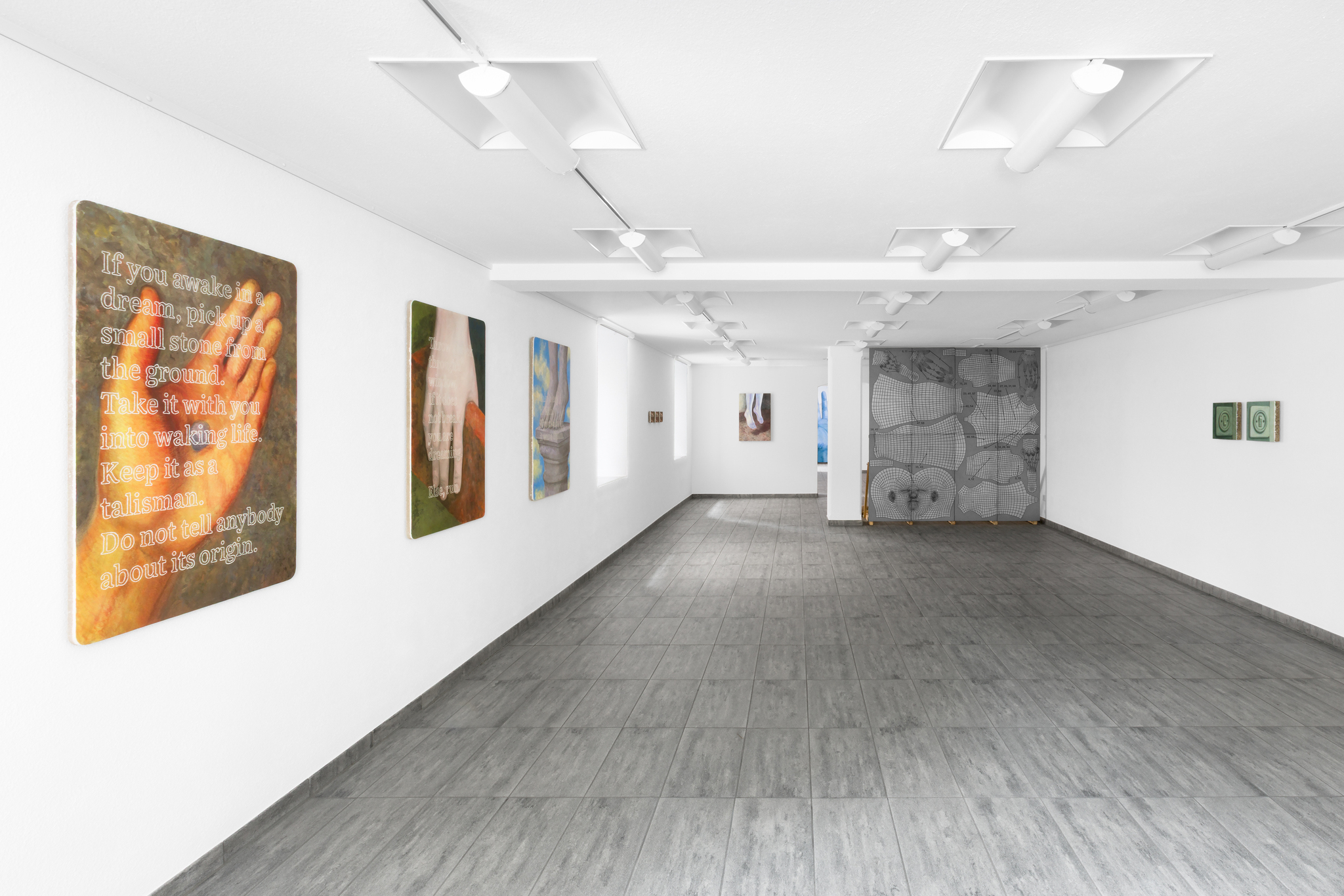
Christopher Friess, Reality Check, 2025, Städtische Galerie Theodor von Hörmann, Imst. Exhibition view
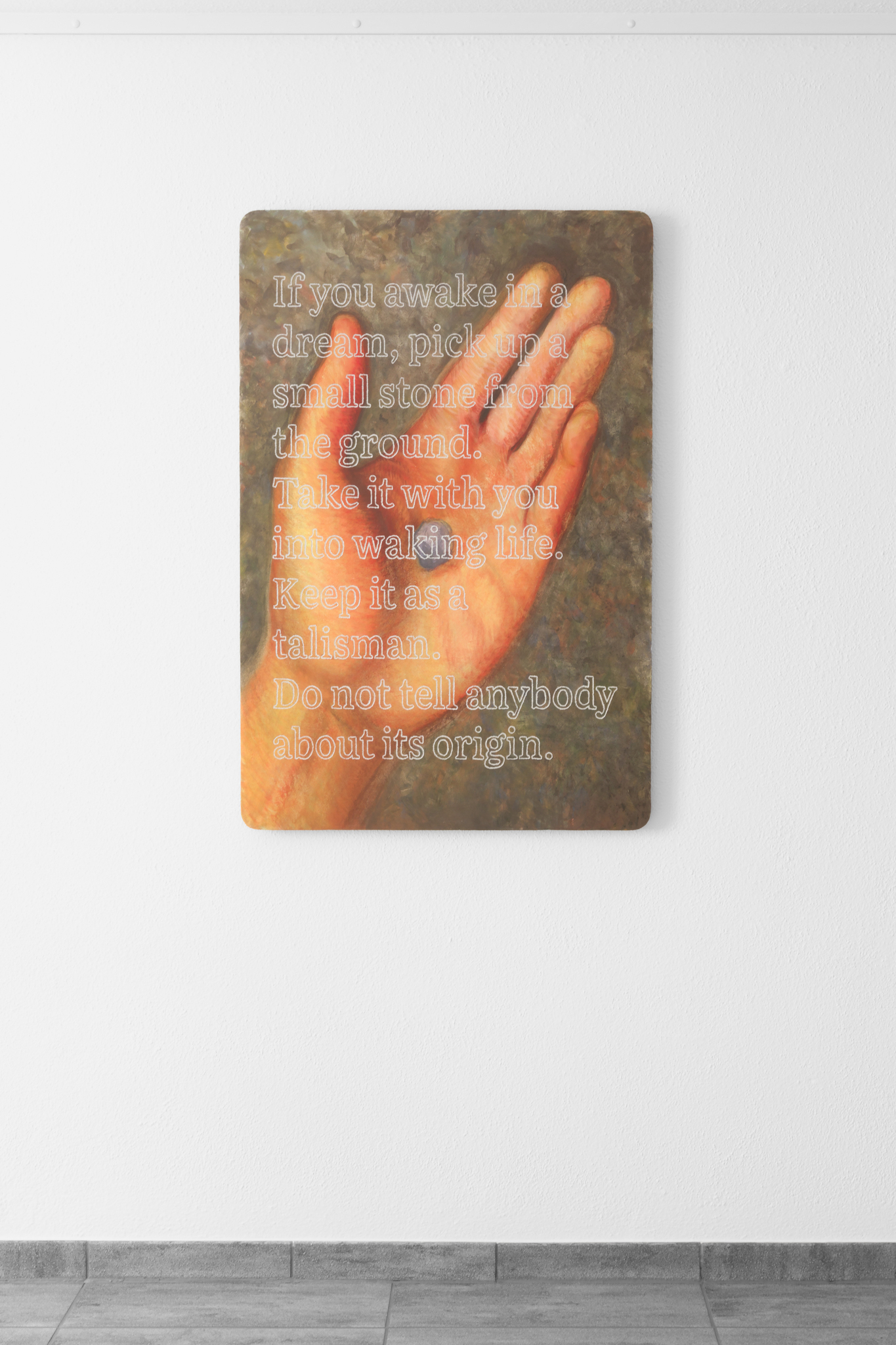
Christopher Friess, Reality Check: talisman, 2025, Fresco, sgraffito on mineral board, 120 × 80 cm
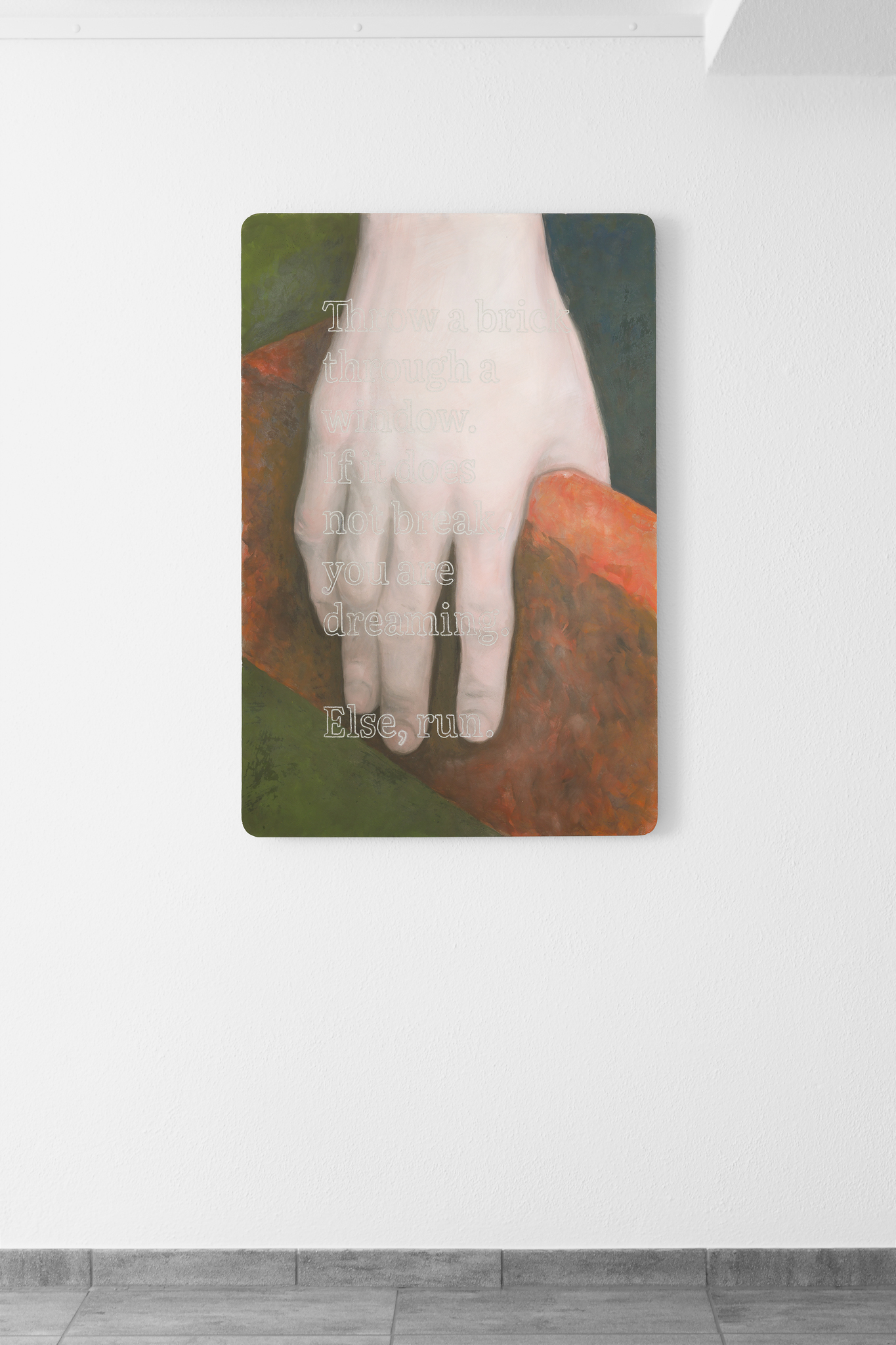
Christopher Friess, Reality Check: brick, 2025, Fresco, sgraffito on mineral board, 120 × 80 cm
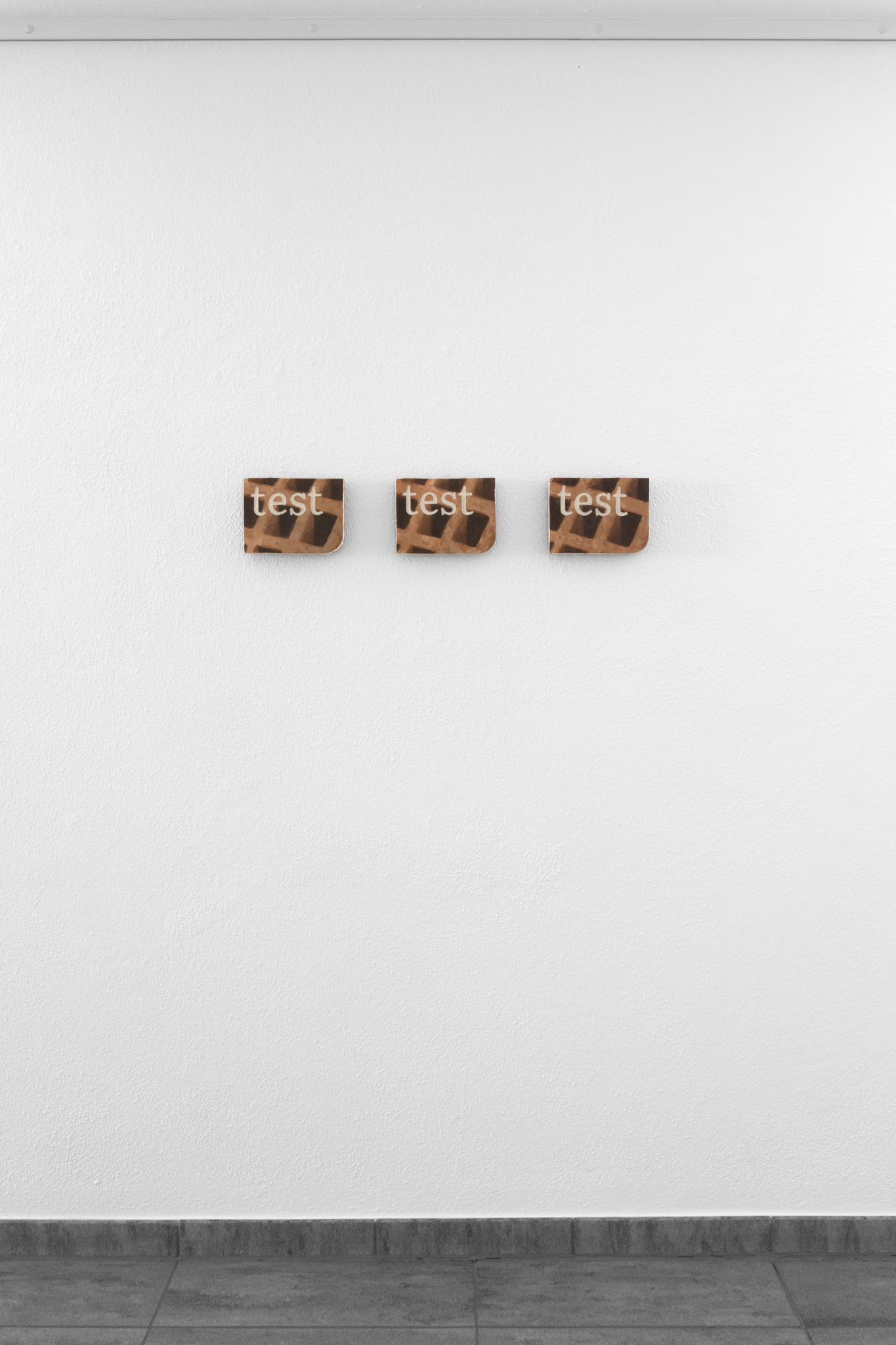
Christopher Friess, test test test, 2025, Fresco, sgraffito on mineral board, 3 parts each 15 × 20 cm
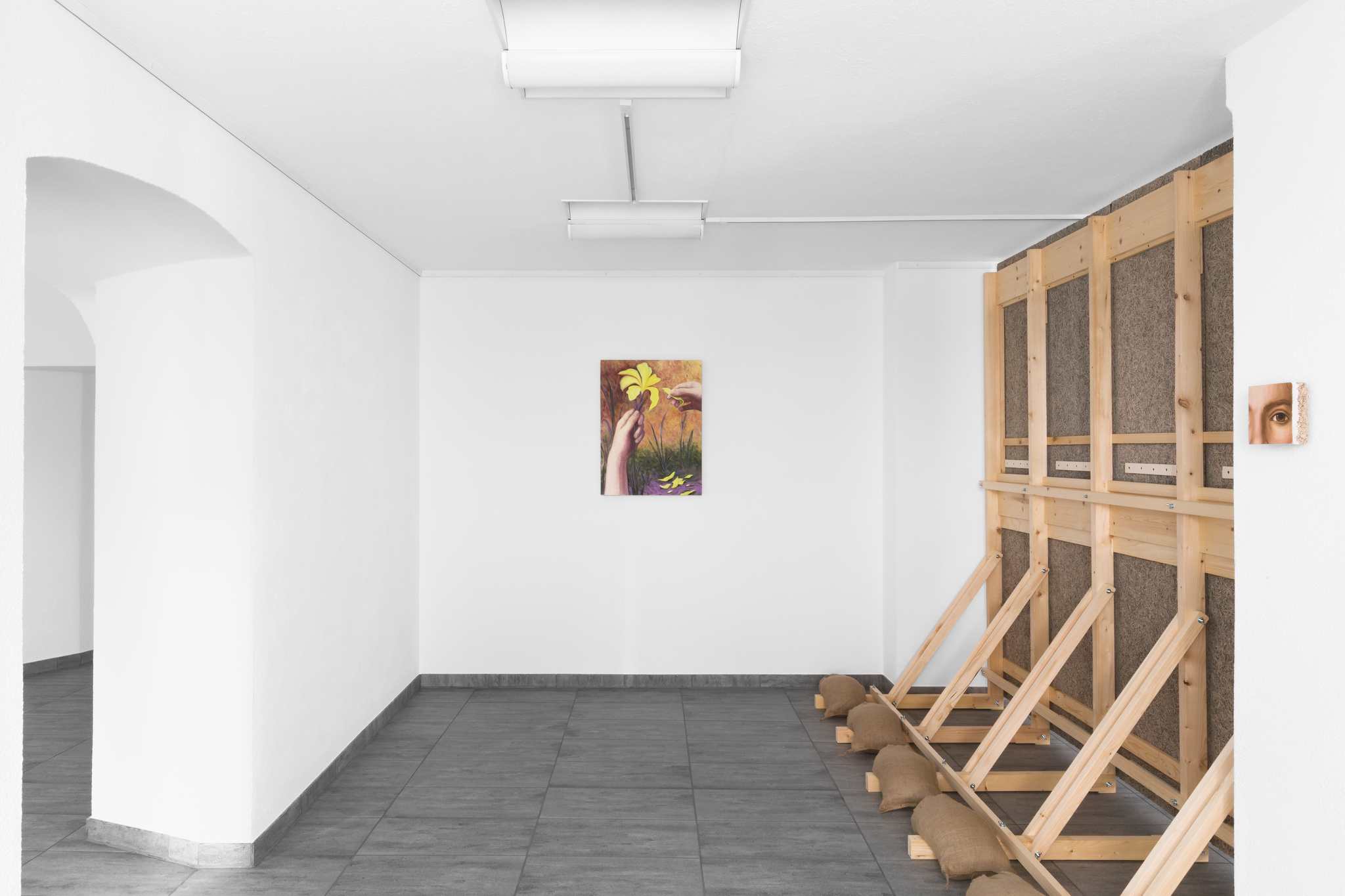
Christopher Friess, Reality Check, 2025, Städtische Galerie Theodor von Hörmann, Imst. Exhibition view
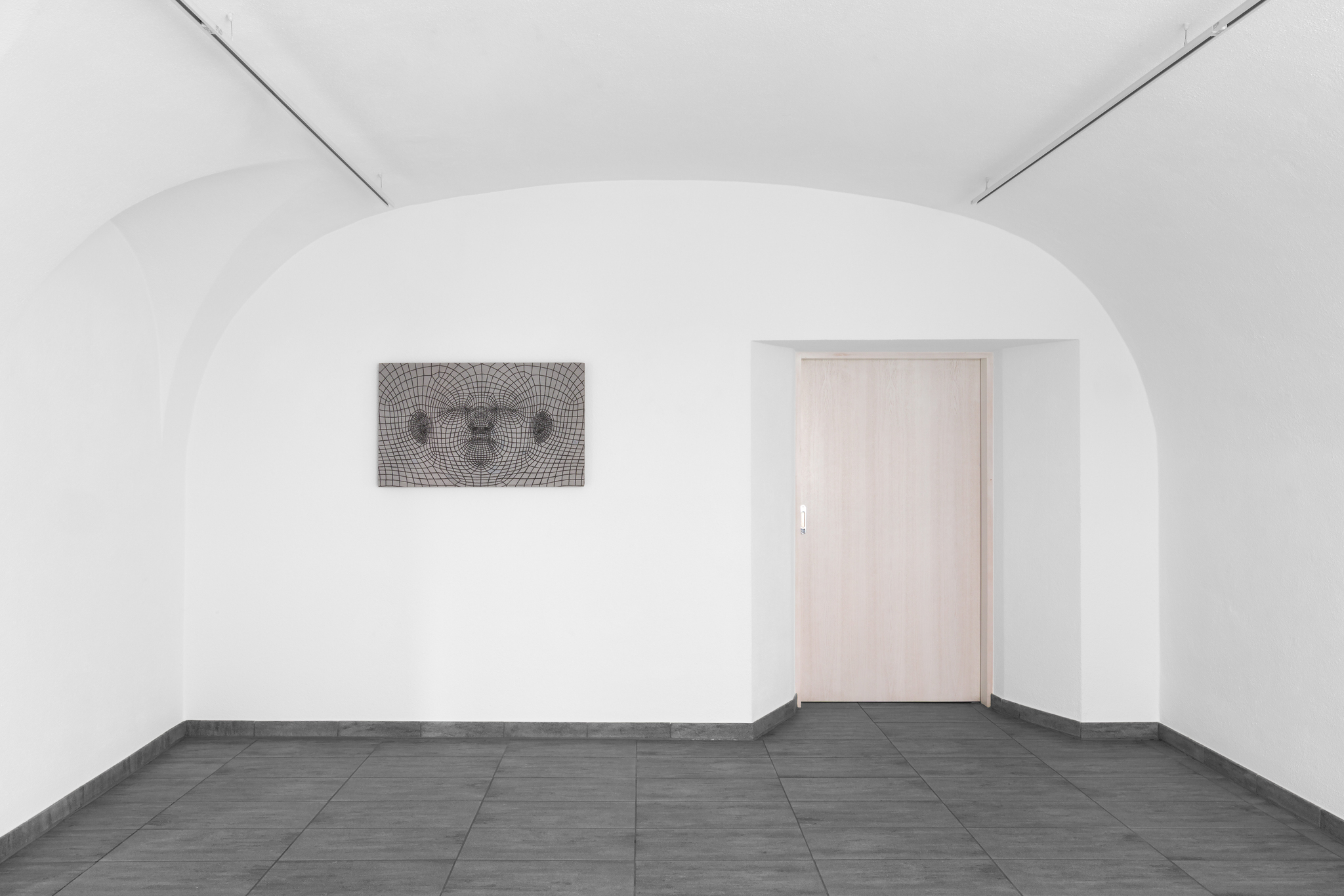
Christopher Friess, Reality Check, 2025, Städtische Galerie Theodor von Hörmann, Imst. Exhibition view
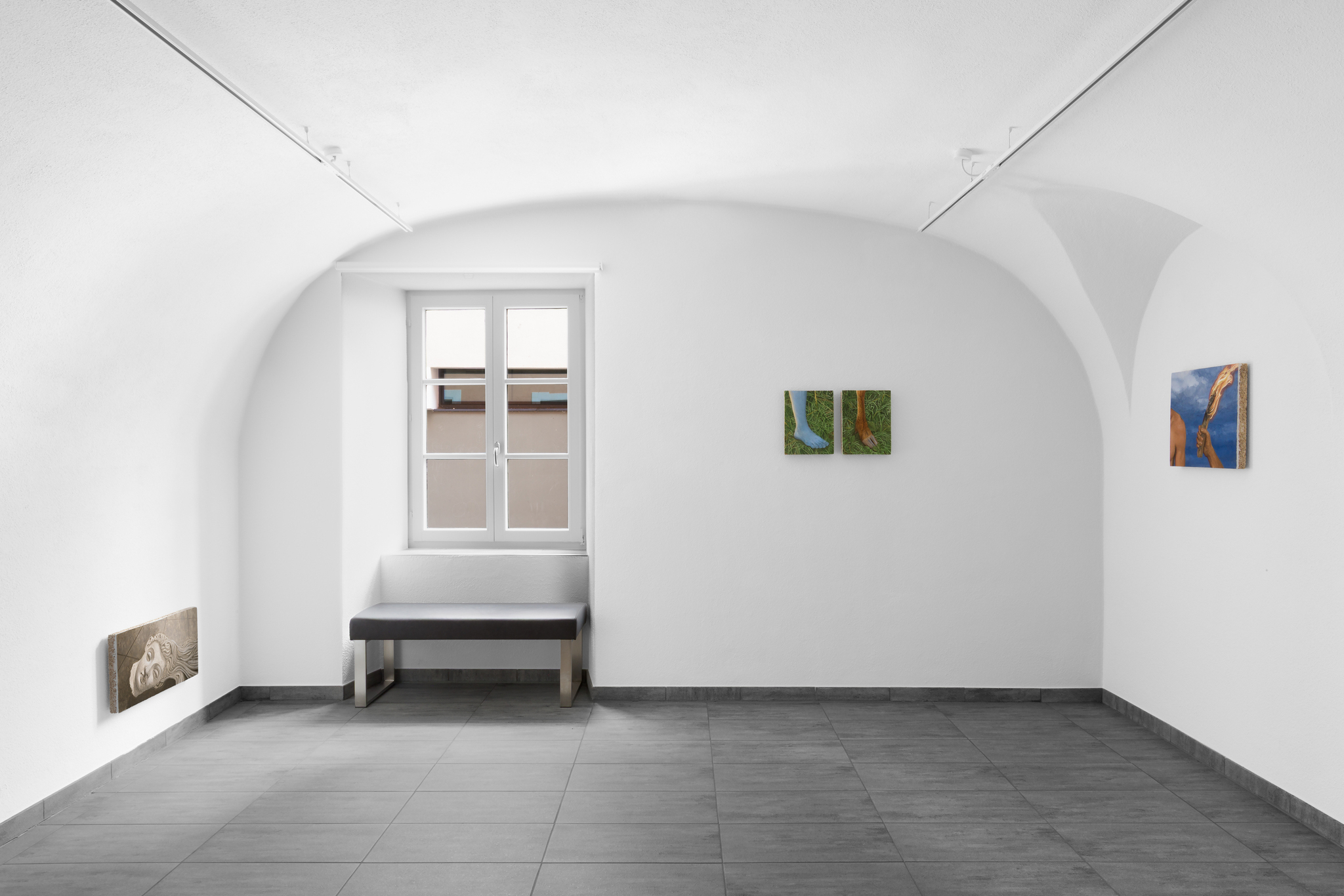
Christopher Friess, Reality Check, 2025, Städtische Galerie Theodor von Hörmann, Imst. Exhibition view
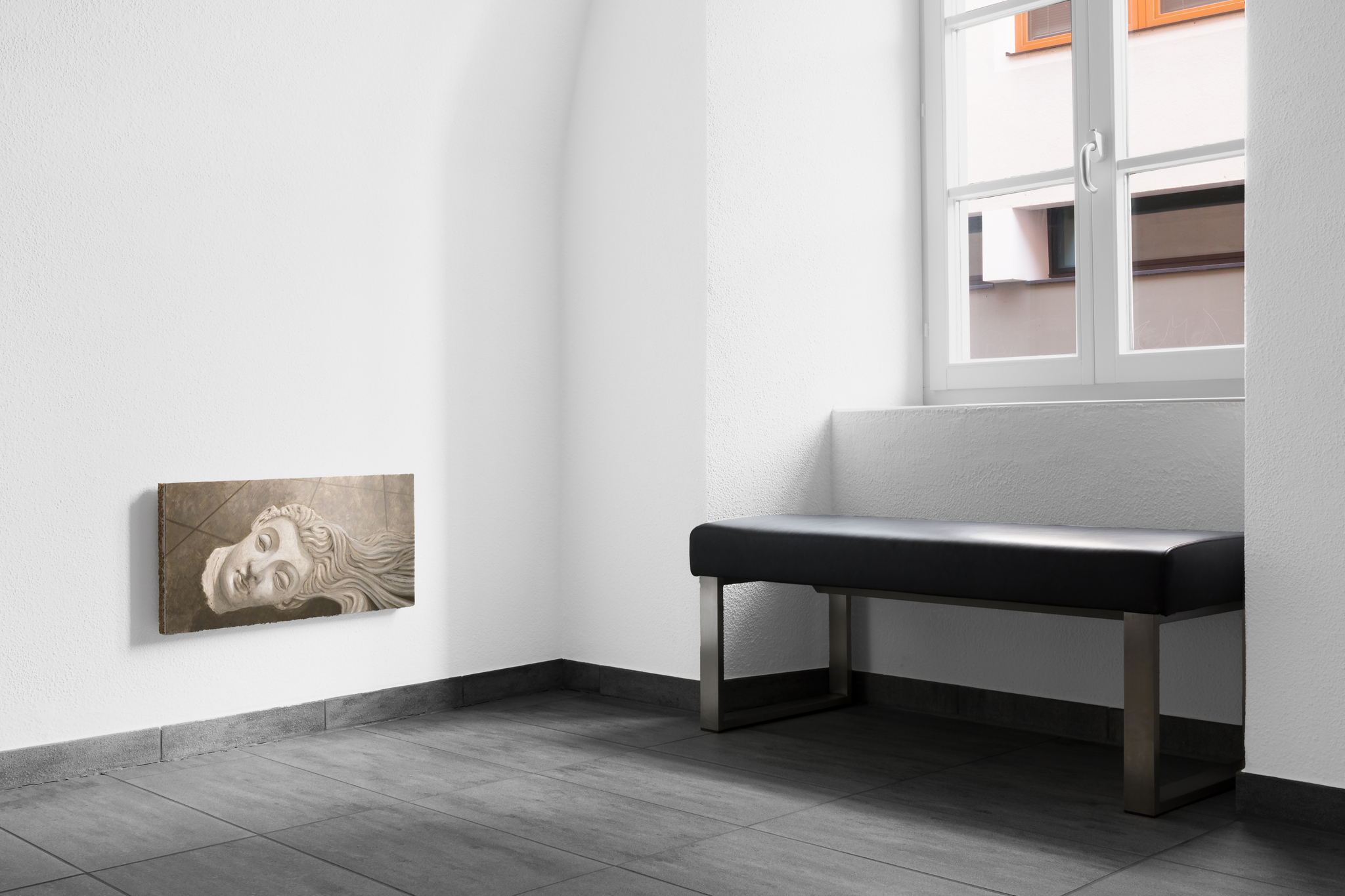
Christopher Friess, Reality Check, 2025, Städtische Galerie Theodor von Hörmann, Imst. Exhibition view
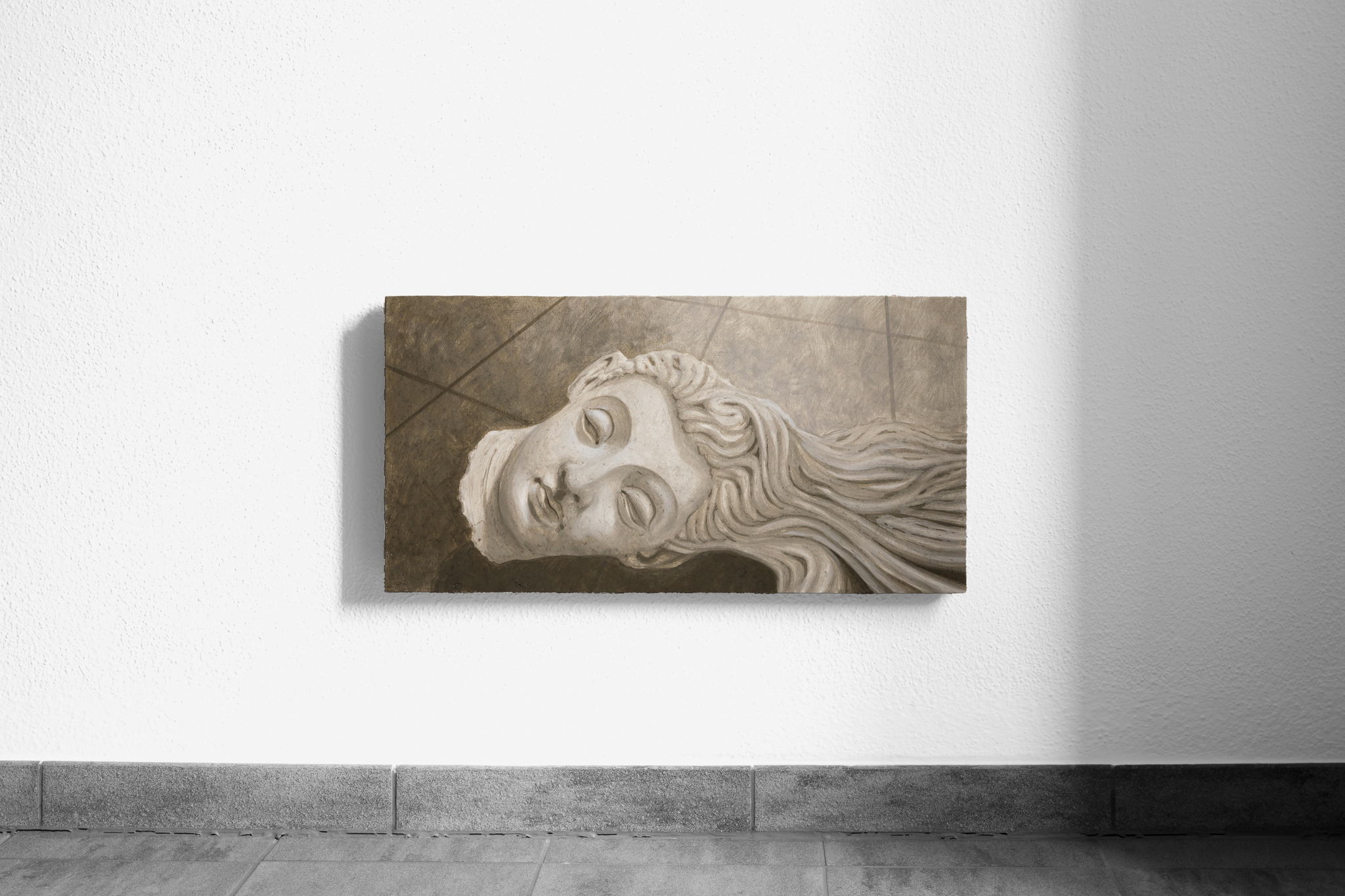
Christopher Friess, Schism, 2024, Fresco on wood wool, 33 × 65 cm
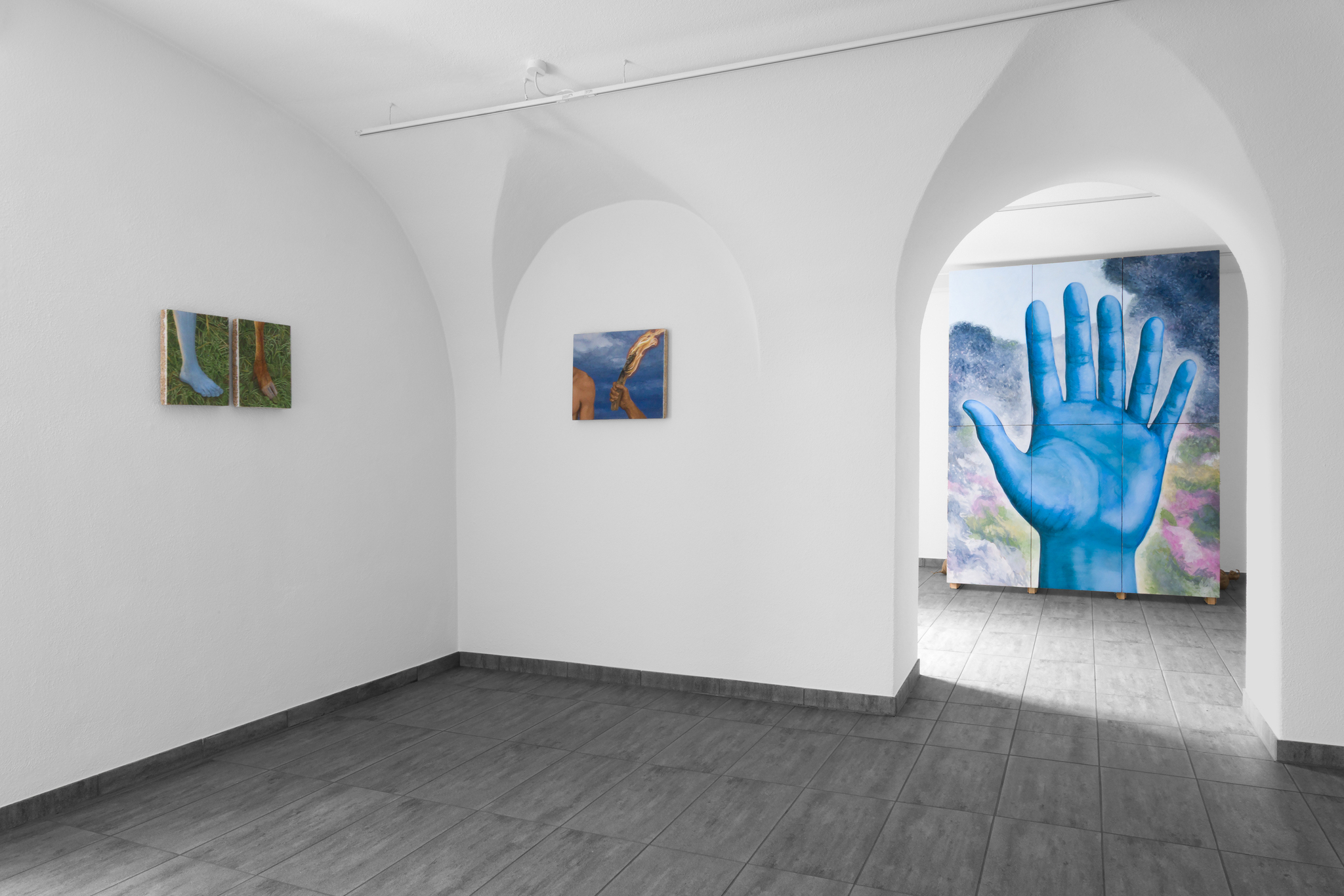
Christopher Friess, Reality Check, 2025, Städtische Galerie Theodor von Hörmann, Imst. Exhibition view
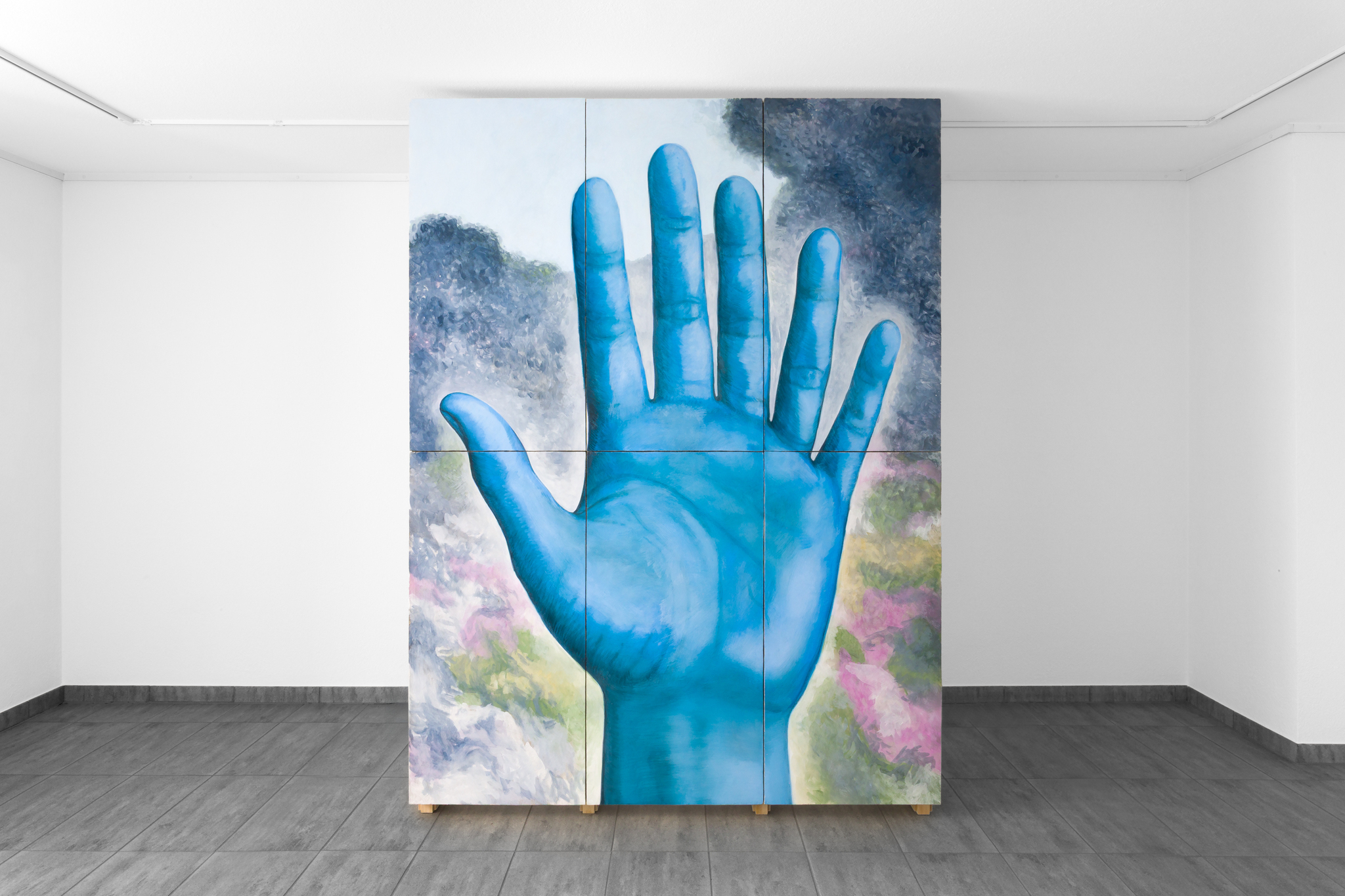
Christopher Friess, Look at your hands closely, 2025, Fresco on wood wool, 240 × 180 cm
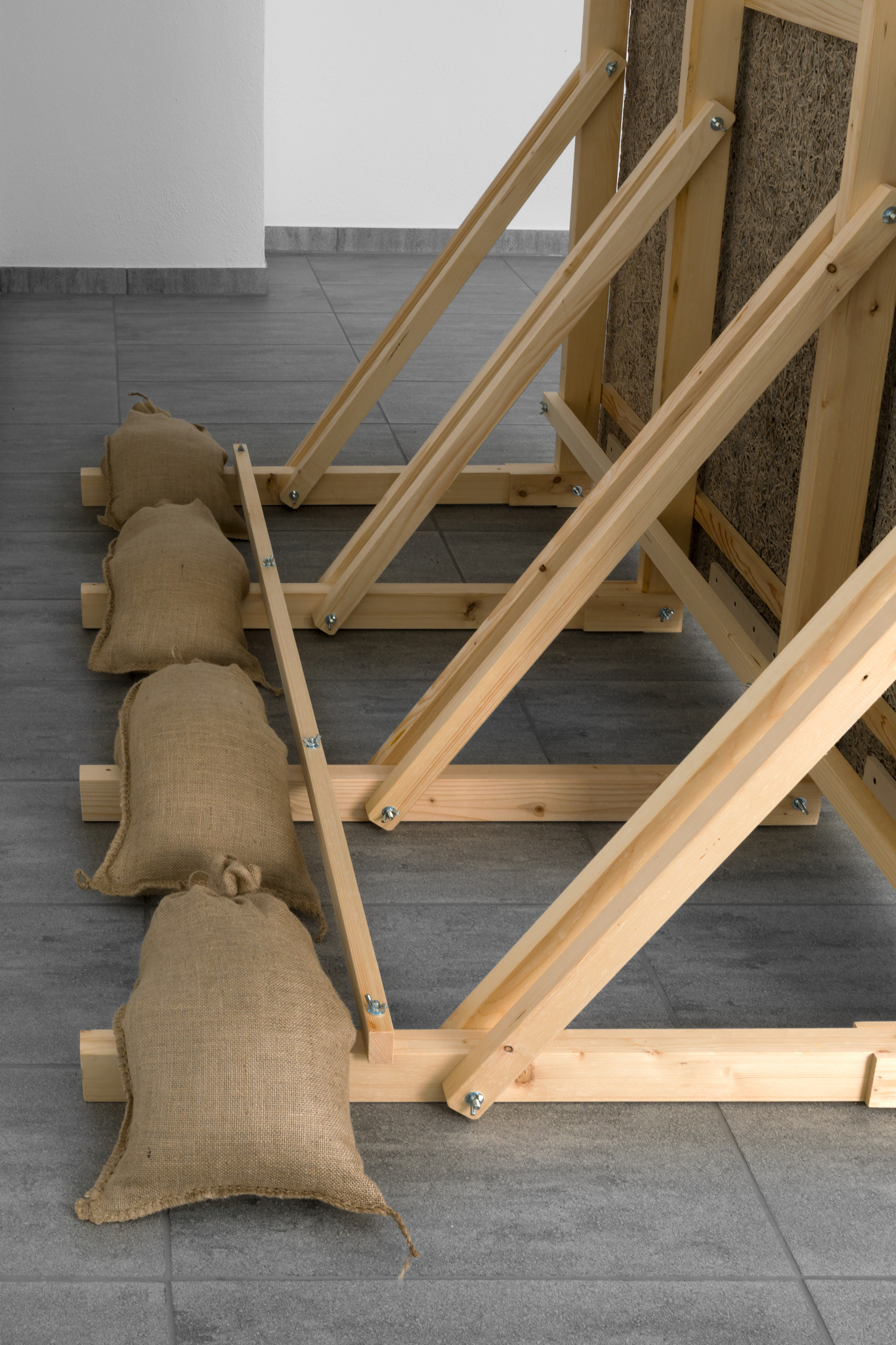
Christopher Friess, Reality Check, 2025, Städtische Galerie Theodor von Hörmann, Imst. Exhibition view
In the exhibition ‘Reality Check’ at Imst’s city gallery Theodor von Hörmann, Christopher Friess engages with the experience of reality in dreams. At the centre of attention is the phenomenon of lucid dreaming and the mutability of worlds generated in the dreamer’s subconscious. The artist counters the instability of these imagined spheres with fresco painting and sgraffito, both historical techniques of wall painting, the nature of which is anything but fragile or transitory. Here, walls and wall fragments function both as pictorial ground and as metaphorical as well as actual projection surfaces of experienced reality.
A so-called ‘Reality Check’ (also: ‘Critical State Test’) designates, within the field of lucid dream research, a method by which a dreaming subject determines whether they are in fact within a dream or in waking life. The moment we recognise within a dream that the world around us is but a construct of our own subconsciousness, we slip into a lucid state. With practice, the dream world and its unfolding can even be deliberately shaped. A dream, after all, is not subject to the laws of physics: the reality that manifests within it is unstable, marked by continuous transformation. Frescoes and sgraffiti, on the other hand, once finished, cannot be altered without falsifying their original character.
The walls in ‘Reality Check’ serve both as image carrier and simultaneously act as threshold, or a membrane connecting an elusive dream world with hard, cold waking life. In its material presence the wall embodies that which we accept as lived reality—a reality premised upon measurability, continuity and permanence. Imagined, subconscious and virtual motifs, whose authenticity may reside in the immediacy of experience yet resist material fixation, find themselves on hard lime plaster. The wall thus becomes not merely the interface between image and viewer, but the very boundary between waking and dreaming, inside and outside, reality and simulation.
Dream and painting both generate image-worlds in which the subject becomes creator rather than mere recipient. Each affords a withdrawal from external orders. In an era of perpetual self-optimisation, algorithmic governance and digital surveillance, lucid dreaming offers a counter-world in which the subject regains agency over their own reality. Yet should we be content with this? Perhaps the very reality we perceive from without proves to be as deceptive as the dreamt one.

